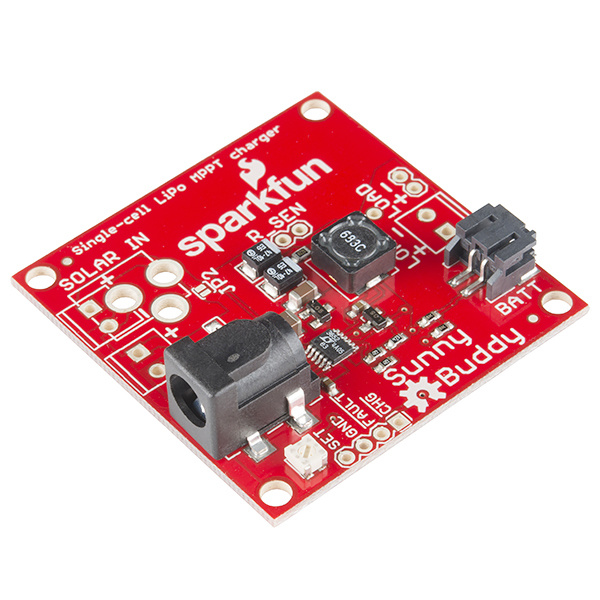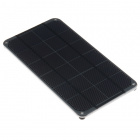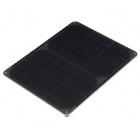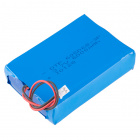Sunny Buddy Solar Charger V13 Hookup Guide
Introduction
The Sunny Buddy is a small maximum power point tracking solar charger for single-cell LiPo batteries.
This tutorial will help you understand what the Sunny Buddy is, why it's useful, and how to use it.
Required Materials
The Sunny Buddy can't do anything without a supporting cast. Pair the Sunny Buddy with these buddies to make it work:
Solar Panel -- Most panels should work, just make sure they produce an output voltage between 6-20V. Our large and huge panels will work. Our small panels will work if you connect two of them in series (see the "Hooking It Up" page for details). The following panels with a center-positive barrel jack will be able to plug directly into the Sunny Buddy with ease.
RetiredSolar Panel - 3.5W
PRT-13782RetiredSolar Panel - 6W
PRT-13783RetiredSolar Panel - 9W
PRT-13784
LiPo Battery (single cell) -- The Sunny Buddy is intended to charge a single Polymer Lithium Ion cell. LiPo's come in all shapes and sizes, we recommend you use one with a capacity greater than 450mAh (e.g. 850mAh, 1000mAh, or 2000mAh). Batteries like those, with a JST termination, will plug directly into the Sunny Buddy. The 450mAh size suggestion is due to the charge rate of the Sunny Buddy--most LiPo cells don't like being charged faster than their equivalent capacity.
RetiredLithium Ion Battery - 1Ah
PRT-13813
- A Load -- Your battery has to power something, right? Your load can be anything from an LED to an Arduino-powered robot.
Suggested Reading
Here are some other tutorials you may find useful before delving into this hookup guide:
- Batteries -- Check out the battery tutorial for some help understanding why the Sunny Buddy works only with LiPo batteries.
- Electricity Basics -- It may be useful to review how current and voltage combine to transmit power to a load.
- How to Power Your Project -- Solar power and batteries are just one of many ways to power your project. Make sure to consider all possibilities!
-
Voltage, Current, Resistance, and Ohm's Law
Learn about Ohm's Law, one of the most fundamental equations in all electrical engineering.Battery Technologies
The basics behind the batteries used in portable electronic devices: LiPo, NiMH, coin cells, and alkaline.How to Power a Project
A tutorial to help figure out the power requirements of your project.







